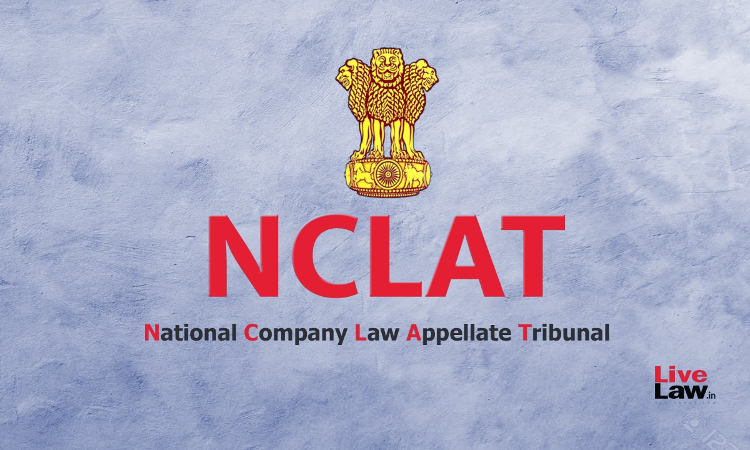Avoidance Application(S) Can Continue Post Completion Of CIRP: NCLAT Delhi
Pallavi Mishra
26 Jun 2023 10:30 AM IST

Next Story
26 Jun 2023 10:30 AM IST
The National Company Law Appellate Tribunal (“NCLAT”), New Delhi Bench, comprising of Justice Ashok Bhushan (Chairperson) and Shri Barun Mitra (Technical Member), while adjudicating an appeal filed in Kapil Wadhawan v Piramal Capital & Housing Finance Ltd. & Ors., has held that avoidance application(s) can continue even after completion of CIRP. The Bench placed reliance on Section...
